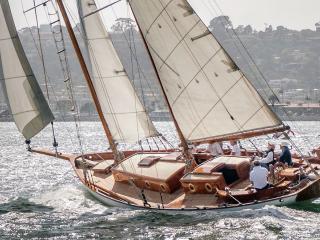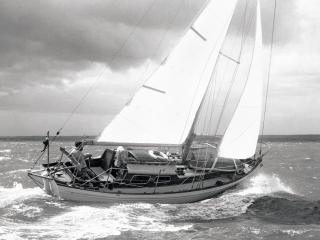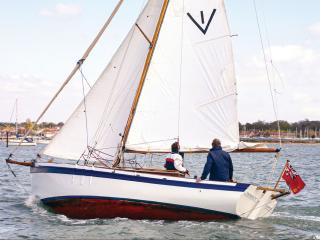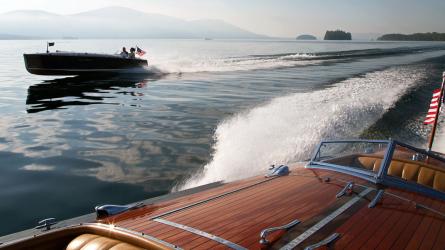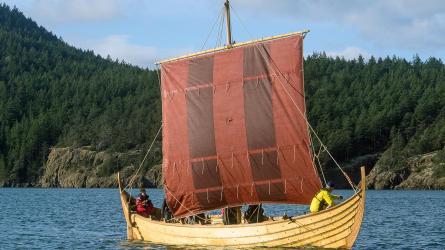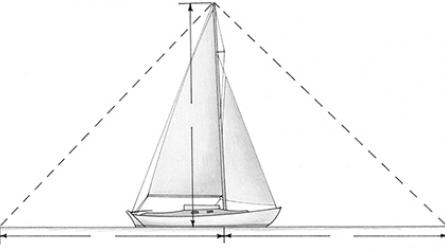July / August 2020
A Handsaw for Boatbuilding
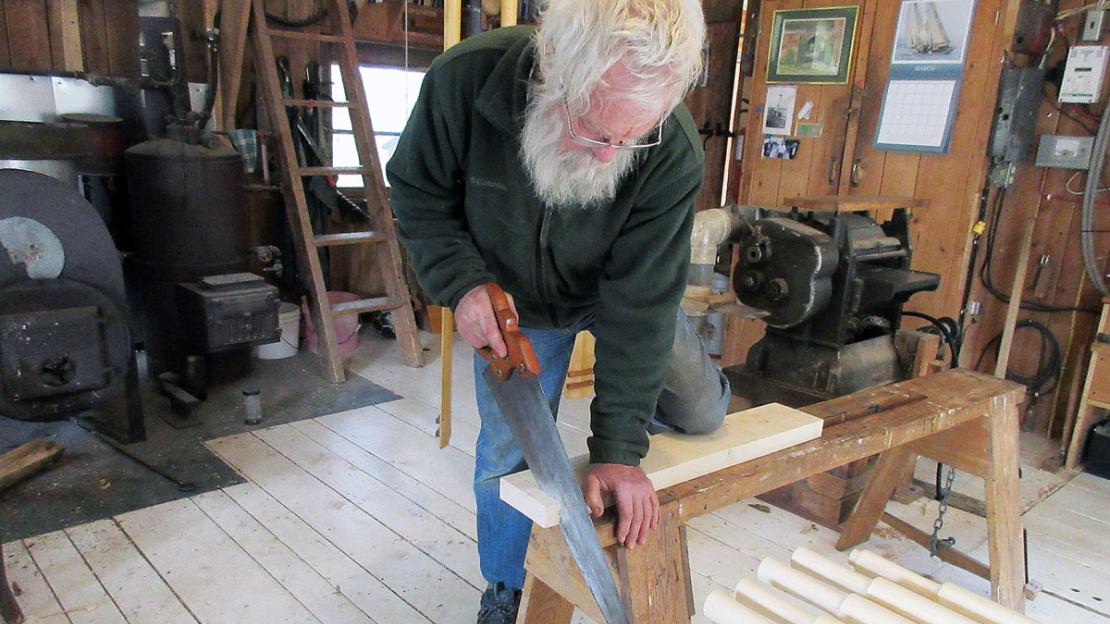
Western saws have the advantage of being easily resharpened. For boatbuilding work, author Harry Bryan prefers ten- to twelve-point saws 20′ long, and he has modified and tuned vintage saws—including the one he is using here—to those specifications.
According to R.A. Salaman’s Dictionary of Woodworking Tools, “hand saw” is the term given to a group of saws with blades that are wide, vary from about 10″ to 30″ in length, and usually taper in width from the handle to the toe. Improvements in steel-making technology in the early 17th century introduced saw blades that were wider and thinner, yet stiffer, than their predecessors, allowing toolmakers to dispense with the cumbersome wooden bow-saw frames that were needed to tension earlier blades. By the mid-18th century, English saws, usually made of Sheffield steel, looked very much like the saws we know today. For more than 200 years, this style of saw, which cuts on the push stroke, was the most common among woodworkers following European traditions. Only recently has the Japanese saw, which cuts on the pull stroke, become so popular in western countries in both sales and usage that it has nearly eclipsed what is today called the “western saw.”
What caused this shift? I do not think that western craftsmen finally discovered a superior style of saw of which they were ignorant before. I believe that the near-demise of the western crosscut saw can be traced primarily to the introduction of handheld power saws and, more recently, chop saws. For crosscutting, both of these classes of power tools do what was formerly the province of the ubiquitous eight-point handsaw. As the use of hand tools declined, so did both the knowledge of how to maintain them and the availability of professional sharpening services. Thus, through use and abuse, the western saw became that tool hanging on the wall that could cut only inefficiently, if at all.
When the Japanese saw was broadly introduced to users outside of Asia, woodworkers were pleased with how easily it cut, not so much because of a superior design but because it was sharp. I recently worked with a Japanese carpenter who was astounded by how easily my western saw cut through wood. I am sure that he had never before used a sharp western saw. I make no claim for the overall superiority of one tradition over the other, but I am far from giving up on the saw that was found in the kit of nearly every boatbuilder working in the European tradition for generations.
To read the rest of this article:
Click the button below to log into your Digital Issue Access account.
No digital access? Subscribe or upgrade to a WoodenBoat Digital Subscription and finish reading this article as well as every article we have published for the past 50-years.
ACCESS TO EXPERIENCE
2-for-1 Print & Digital Subscription Offer
For this holiday season, WoodenBoat is offering our best buy one, get one deal ever. Subscribe with a print & digital subscription for $42.95, and we’ll give you a FREE GIFT SUBSCRIPTION to share with someone special.
1 YEAR SUBSCRIPTION (6 ISSUES)
PLUS ACCESS TO MORE THAN 300 DIGITAL BACK ISSUES
PRINT+DIGITAL $42.95
Subscribe
To read articles from previous issues, you can purchase the issue at The WoodenBoat Store link below.
 Purchase this issue from
Purchase this issue from
